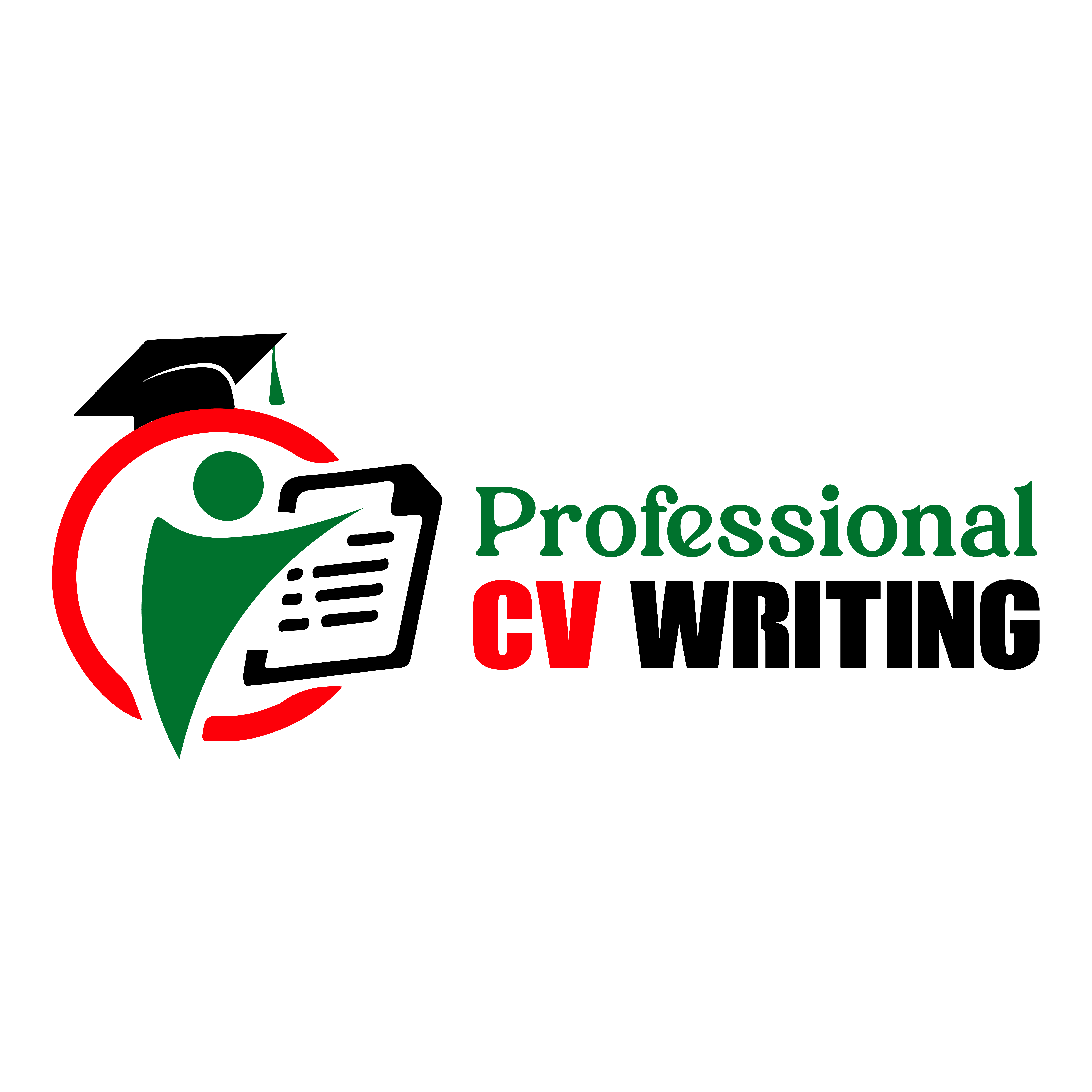What’s the Difference between CV vs Resume, and When to Use each

How to Use LinkedIn to Complement Your CV and Resume
December 5, 2024
The Risks of Using AI Tools for Writing Your CV
March 29, 2025Now, there is an important question often asked when it comes to employment opportunities: What is a CV, and what is a resume? Chronologically, they are different from one another, and as for structure, they are different, but both serve the single purpose of providing the employer with your qualifications, experience, and skills. So here is an exhaustive guide on understanding the differences and using them accordingly.
Table of Contents
ToggleWhat Is a CV?
Curriculum vitae means course of life in Latin. A CV is a detailed document that provides information about your academic achievements, work experience, skills, publications, awards, etc. It’s usually two or more pages longer than a resume.
Key Characteristics of a CV:
- Length: It’s not a page supply there’s no strict page limit; it just grows with your experience.
- Content: Focuses on academic and professional achievements and describes projects, research and publications in great detail.
- Format: There is no vagueness; it is chronological and comprehensive, without space for skipping the telling of major events or details.
What Is a Resume?
A resume describes your skills, qualifications, and professional experience most relevant to a particular job. It’s usually one to two pages long and written specifically for each application.
Key Characteristics of a Resume:
- Length: It ideally consists of one page (although the experienced professional could go with two).
- Content: Tells about your skills and achievements related to the job you’re applying for.
- Format: Tailor made to suit your strengths for a particular position.
The CV writing services in Dubai help you draft a highly polished and detailed CV that highlights your skills and achievements to join many jobs. Personalized documents are tailor-made by expert writers per UAE hiring standards and industry needs. Boost your career potential with a professionally crafted CV that will help you to find new career options.
The Differences that Exist between a CV and a Resume
Feature CV Resume
| Feature | CV | Resume |
| Length | No set limit (detailed) | 1-2 pages (concise) |
| Purpose | Academic and professional history | Job application for a specific role |
| Content | Comprehensive, includes everything | Selective, highlights key skills |
| Flexibility | Static format | Highly customizable |
| Usage | Common in academia and research | Standard for most job applications |
When to Use a CV
A CV is the preferred choice in the following scenarios:
- Academic Positions: You are expected to present a CV of your academic activities, research and publications to professors, researchers or academic professionals.
- Research Opportunities: If you are applying for a grant, fellowship, or research position, you will most likely have to write a CV.
- Job Markets Outside the U.S.: Depending on the country, and most commonly in Europe, the Middle East, or Asia, a CV is provided when one is seeking a position.
- Specialized Roles: Some careers in science, medicine or law require that a CV is provided to detail particular credentials.
When to Use a Resume
A resume is ideal for situations such as:
- Corporate Job Applications: For example, most private sector jobs in fields such as marketing, finance, and IT are job-specific and require you to tailor your resume to the specific job title.
- Entry-Level Positions: Since this is your first time writing a resume, you need to mention only internships, projects, and key skills, reducing your resume to a concise sheet.
- Networking Events: A resume is an easy snapshot of your qualifications when you talk to recruiters or industry professionals.
- U.S. Job Market: In almost all job applications in the United States, besides academia and research, resumes are the go-to document for getting noticed.
How to Write an Effective CV or Resume Tips and CV Example
- Keep It Relevant: When crafting your CV or resume, all you want to write is material corresponding to the applicable position or opportunity.
- Tailor Your Document: Each job app requires a custom resume. Make sure things are up to date and in order on your CV.
- Use Clear Formatting: Pick a nicely formatted layout using the same fonts, headings, and bullet points. This makes your document easy to read because sources rarely compete with audience interests.
- Highlight Achievements: Focus on the accomplishments instead of merely haphazardly listing your duties. Tell a number story with action verbs to show impact.
- Proofread: And yes, keep an eye out for typos and grammatical errors. It makes you look professional.
Which One Is Right for You?
It is up to you whether you will use a CV or a resume. If you’re seeking work in academia or apply to work in a country where CVs are more common use a CV. So, a solid resume is encouraged for internships or jobs within U.S.-based corporations. The distinction between this and big data is unclear, but it helps you showcase your delivery resources to your potential clients and increase your chances of landing your desired role.
Final Thoughts
Even though CVs and resumes are not identical, they both remain a great way to show off your professional story. Once you understand how each feature is used and to what end, it will be easier to be confident that you choose the correct document for the job. Whether you have years of academic excellence to highlight or are customizing your skills just for your dream job, knowing how to present your story clearly will always make you stand out.




